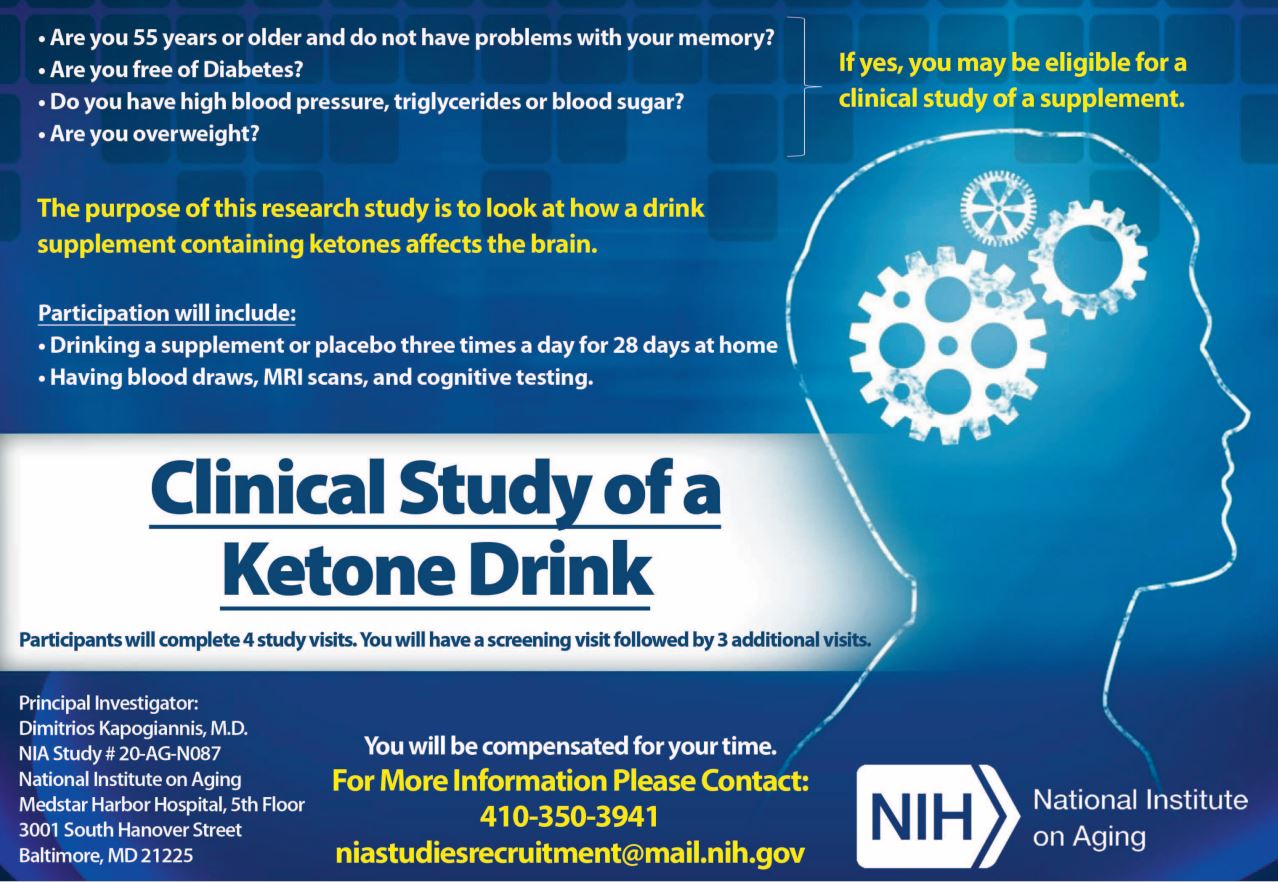Directed Hate: The Three Stages in Adopting White Supremacist Ideologies


Anne Speckhard, Molly Ellenberg, and TM Garret
As published in Homeland Security Today
White supremacist ideologies, whether they are associated with neo-Nazi, Christian Identity, Creativity, or Arastú/Odinist groups, hold hatred of Jews and blaming of Jews for the world’s ills as central tenets. And yet, scholars and researchers consistently find that members of white supremacist groups must be taught to be antisemitic. Why is that? The answer might lie in the exposure that white people have to members of these different minority groups. The 2020 census recorded 46.9 million Black or African Americans living in the United States and 62.1 million Hispanic or Latino Americans. Twenty-three states and the District of Columbia have at least 10 percent of their residents identifying as Black or African American. Twenty-six states and the District of Columbia have at least 10 percent of their residents identifying as Hispanic or Latino. In contrast, there are 5.8 million Jewish adults living in the United States, and no single state has at least 10 percent of their residents identifying as Jewish. The state with the largest Jewish population, New York, has 1.77 million Jewish residents, accounting for 9.1 percent of the state’s population. Quite simply, white Americans are less likely to interact with a Jewish person in a meaningful way than they are to interact with a Black or Hispanic person. Ergo, an organization which derives its ideology from antisemitic conspiracy theories is unlikely to attract very many people to join them on the basis of antisemitism, particularly antisemitism based on actual interactions with Jews. Rather, it is far more feasible to focus on prejudice against people whom their prospective members have met and with whom they may have had troubling interactions. Additionally, anti-Black racism and anti-immigrant (namely, anti-Hispanic immigrant) sentiment are more casually embedded in white communities and TV and movie narratives in the United States, making the violent and hateful narratives promoted by white supremacist groups feel more acceptable and palatable.
Based on these statistics and initial anti-Black and anti-Hispanic prejudices held by some of those who join white supremacist groups, why not maintain anti-Black hatred as the core ideology, then? The problem is that white supremacist ideology maintains that Black people are not as smart as white people. One would need to explain how the supposedly inferior race would be able to organize a vast, global conspiracy aimed at world domination and the extermination or enslavement of the white race. The white supremacist ideology holds that Black people should have remained enslaved. A group of people who would be “better off” in slavery would not be able to even attempt such a feat, but, argue the white supremacists, they could be subjugated by a group of cleverer, slyer people who prefer to remain in the shadows.
In a sample of in-depth psychological interviews with 50 current and former white supremacists, we found that even anti-Black and anti-Hispanic prejudices were not the driving motivator for joining these violent extremist groups, however. Rather, we found that the most common motivations for the interviewees were a need to belong (64 percent) and a need for personal significance (64 percent). In contrast, 42 percent of the interviewees were motivated by any type of prejudice, including, with some overlap, six motivated by anti-Black racism, seven motivated by Islamophobia, and eight motivated by xenophobia. Only five were motivated to join their groups by antisemitism.
How then, do these individuals over time come to adopt antisemitic ideologies as a core part of their identities? We propose that this process of directing hate occurs in three phases:
1. First, existential needs drive the individual to join a white supremacist group. These existential needs include those for belonging and significance, as mentioned above, as well as the desire to fight for what they see as a noble cause (reported by 32 percent of interviewees).
Romey was in prison for stealing while using methamphetamine when he was approached by a recruiter for the Aryan Brotherhood: “White guy came up to me, ‘I’m so and so, I see you are new here and you have heart, I’m an Aryan, we’ve been watching you, do you want to prospect?’ I said, ‘No, I’m good, I don’t want to join a gang.’ He said, ‘We’re not a gang, we’re a family. We fight together, we eat together. It’s for the kids, the white race.’”
Says Benjamin about his experience at KKK rallies: “I got with this guy who said he was going to a Klan rally of United Klans of Alabama. I told him I might be interested in going. He came and picked me up. We drove to Alabama, 200 people met on a field. Everyone was partying and getting to know one another. Saturday come, being a person born in the South, and not having hatred for others, but a little bit in me, I done went to a Klan rally. I went from all that to Saturday night I actually joined the Klan. I went through the whole ceremony with lighting the cross. That night really changed me. Having all these people with lacking support, later on I found out it was negative, and they didn’t have my best intentions in heart. [But that night] I felt like this is where I belong. It blew me away. I never had those feelings. It was a negative light, destructive and unhealthy, but I felt like I was loved, and belonged. It felt beautiful, it felt great, like where I belonged.”
With regard to the need for significance, Benjamin states clearly, “To me, it was a sense of royalty, being a white man and proud.”
2. Second, the white supremacist groups meet these needs, conveying to the individual that they are special and superior because they are white, and that they now belong to an elite group of likeminded people. This ideology of white supremacy is reinforced through informal conversations with group radicalizers, recruiters, and leaders, as well as through White Power music, novels like Hunter and The Turner Diaries, pseudo-religious texts like Nature’s Eternal Religion, and biblical lectures and sermons explaining the Christian Identity ideology. Importantly, these texts and conversations also make clear to the individual that their newfound sense of significance is not secure – their pride and status as white men and women are under dire threat from the Jewish people, who control the banks, the media, and even the so-called “Zionist-Occupied Government.”
Lauren, a former Hammerskin, highlights the positive feeling conveyed to her through conversations she had online on White Power music Facebook pages and later in person: “I bought into the antisemitic part right away. They [Jews] are in control, at fault for everything wrong in your life. I also bought into the white replacement narrative, [that] these people are taking over [and] we will be wiped out.” She answers bluntly when asked why she accepted the antisemitic ideology: “Because I’d never met one [a Jewish person] before. The thing is, okay, this is the source of all my problems, for your solution or grievance to be that simple, it means it’s easy and I don’t have to work through my own stuff.”
Søren, who joined the NSM shortly after declaring himself an atheist, explains that he was “offered access to esoteric knowledge, whether true or not. You don’t hear these things. You feel like you are learning new truths that others don’t know. [It] gave me something to believe in, gave me purpose and meaning. If you believe you are in a revolutionary struggle, it gives you something to fight for, to live for. Lots of reading and books, especially when you are lonely and isolated. I learned a lot of terrible things, and things that are probably not true, but I also learned new words, new points of view, so it was an intellectual adventure in a way. It was a chance for me to have something to be good at, to excel at.”
3. Thus, the third and final step is to fight to maintain that tenuous sense of significance. The individual may do this through staunchly adhering to the group’s beliefs for fear of rejection or ostracism by the group, or through acts of violence against the group’s supposed enemies.
As they moved into white supremacism and took on the ideology of the group, in order to belong, the participants cut themselves off from anyone who did not adhere to the group’s ideology with 24 interviewees reporting being completely isolated from the outside world during their time in their groups. This, alongside taking part in ritualistic ceremonies and fights often construed as self-defense against counter-protesters, created a rigid and cohesive ingroup. The group’s boundaries were reinforced through outward expressions of loyalty, adherence to the ideology, including by shaving one’s head (n = 16), getting a tattoo (n = 21), and wearing clothing portraying hateful symbols and phrases (n = 25). Among most of the groups, including the Creators, any perceived association with Jewish people was forbidden. About the rules of the Creativity Church, Ed explains: “If you are dealing with someone out of the church, they have to be white. You only do business with white businesses, no Hispanic or Black, especially Jewish businesses. [They said] there is a Jewish occupational government. It may seem like we elect our government, [but] they are placed there by the Jewish cabal. We are under the guise of a free country [but are] just slaves for Israel […] What is good for the white race is the highest virtue; what is bad for the white race is the ultimate sin.”
With regard to taking violent action for the protection of one’s group and oneself, Sean’s hate started with a negative experience with an Asian man. His white supremacist group, the Aryan Nations, explained why the source of his grievance was actually the fault of Jewish people: “I was repeatedly molested [from ages] 7 to 10. [I was] raped [by an] Asian male […] Groups said Jews pervert culture; it’s not his fault, it’s theirs. [That] exacerbated my anger.” Years later, having received no help for dealing with the sexual abuse other than white supremacists telling him to blame Jews, Sean was arrested for firebombing a synagogue in Oklahoma City.
As the United States and other Western countries increasingly shift their priorities for preventing and countering violent extremism [P/CVE] toward domestic terrorism and the threat of far-right, white supremacist violent extremism, a thorough understanding of the ideology and how it is imparted is important in order to counter it. White supremacist ideology, whether secular and based in conspiracy theories, or religious and based in Christian Identity, Odinism, or Creativity, is complex and allows the believer to feel as though they have been let in on a secret and over time it ultimately directs hatred to group adherents into antisemitism. Given the powerful role that ideology plays in bonding white supremacists to their groups and inspiring violent action, deradicalization, not simply disengagement from violent extremist groups, should be the goal of rehabilitating and reintegrating former white supremacists into society. Similarly, exposure therapies in which members who are in rehabilitation programs actually meet and interact with Jews can be an important part of recovery and moving back out of directed hate.
Reference for this article: Speckhard, Anne, Ellenberg, Molly, and Garret, TM (March 28, 2022). Directed Hate: The Three Stages in Adopting White Supremacist Ideologies. Homeland Security Today.
About the Authors:
Dr. Anne Speckhard is Director of the International Center for the Study of Violent Extremism (ICSVE) and serves as an Adjunct Associate Professor of Psychiatry at Georgetown University School of Medicine. She has interviewed over 700 terrorists, their family members and supporters in various parts of the world including in Western Europe, the Balkans, Central Asia, the Former Soviet Union and the Middle East. In the past five years years, she has in-depth psychologically interviewed over 250 ISIS defectors, returnees and prisoners as well as 16 al Shabaab cadres (and also interviewed their family members as well as ideologues) studying their trajectories into and out of terrorism, their experiences inside ISIS (and al Shabaab), as well as developing the Breaking the ISIS Brand Counter Narrative Project materials from these interviews which includes over 250 short counter narrative videos of terrorists denouncing their groups as un-Islamic, corrupt and brutal which have been used in over 150 Facebook and Instagram campaigns globally. Since 2020 she has also launched the ICSVE Escape Hate Counter Narrative Project interviewing 25 white supremacists and members of hate groups developing counternarratives from their interviews as well. She has also been training key stakeholders in law enforcement, intelligence, educators, and other countering violent extremism professionals, both locally and internationally, on the psychology of terrorism, the use of counter-narrative messaging materials produced by ICSVE as well as studying the use of children as violent actors by groups such as ISIS. Dr. Speckhard has given consultations and police trainings to U.S., German, UK, Dutch, Austrian, Swiss, Belgian, Danish, Iraqi, Jordanian and Thai national police and security officials, among others, as well as trainings to elite hostage negotiation teams. She also consults to foreign governments on issues of terrorist prevention and interventions and repatriation and rehabilitation of ISIS foreign fighters, wives and children. In 2007, she was responsible for designing the psychological and Islamic challenge aspects of the Detainee Rehabilitation Program in Iraq to be applied to 20,000 + detainees and 800 juveniles. She is a sought after counterterrorism expert and has consulted to NATO, OSCE, the EU Commission and EU Parliament, European and other foreign governments and to the U.S. Senate & House, Departments of State, Defense, Justice, Homeland Security, Health & Human Services, CIA, and FBI and appeared on CNN, BBC, NPR, Fox News, MSNBC, CTV, CBC and in Time, The New York Times, The Washington Post, London Times, Voice of America, and many other publications. She regularly writes a column for Homeland Security Today and speaks and publishes on the topics of the psychology of radicalization and terrorism and is the author of several books, including Talking to Terrorists, Bride of ISIS, Undercover Jihadi and ISIS Defectors: Inside Stories of the Terrorist Caliphate. Her research has also been published in Global Security: Health, Science and Policy, Behavioral Sciences of Terrorism and Political Aggression, Journal of African Security, Journal of Strategic Security, the Journal of Human Security, Bidhaan: An International Journal of Somali Studies, Journal for Deradicalization, Perspectives on Terrorism and the International Studies Journal to name a few. Her academic publications are found here: https://georgetown.
Molly Ellenberg is a research fellow at the International Center for the Study of Violent Extremism [ICSVE]. Molly is a doctoral student in social psychology at the University of Maryland. She holds an M.A. in Forensic Psychology from The George Washington University and a B.S. in Psychology with a Specialization in Clinical Psychology from UC San Diego. Her research focuses on radicalization to and deradicalization from militant jihadist and white supremacist violent extremism, the quest for significance, and intolerance of uncertainty. Molly has presented original research at NATO Advanced Research Workshops and Advanced Training Courses, the International Summit on Violence, Abuse, and Trauma, the GCTC International Counter Terrorism Conference, UC San Diego Research Conferences, and for security professionals in the European Union. She is also an inaugural member of the UNAOC’s first youth consultation for preventing violent extremism through sport. Her research has been cited over 100 times and has been published in Psychological Inquiry, Global Security: Health, Science and Policy, AJOB Neuroscience, Frontiers in Psychology, Motivation and Emotion, Behavioral Sciences of Terrorism and Political Aggression, Journal of Child and Adolescent Trauma, Women & Criminal Justice, the Journal of Strategic Security, the Journal of Human Security, Bidhaan: An International Journal of Somali Studies, and the International Studies Journal. Her previous research experiences include positions at Stanford University, UC San Diego, and the National Consortium for the Study of Terrorism and Responses to Terrorism at the University of Maryland.
TM Garret Schmid (born Achim Schmid) and publicly known as TM Garret is an Extremism Researcher and Analyst at ICSVE. He is a German-American Public Speaker, Human Rights Activist, Consultant, Author, Extremism Researcher, Interfaith Activist and founder of C.H.A.N.G.E, a non-profit organization which engages in anti-racism and anti-violence campaigns, food drives, inter-faith work as well as an EXIT program which helps individuals leave extremist groups and ERASING THE HATE, a nationwide tattoo campaign and movement that covers up racist and hate tattoos for free. He is also the organizer of the Memphis Peace Conference in 2018 and founder of “Share a Meal Pledge.” Before he started engaging in Civil Rights work, TM Garret was a White Supremacist in leading roles in Europe and the USA. He left this lifestyle and ideology for good in 2003. Garret works closely with the Jewish as well as the Black Community. He is a campus speaker against antisemitism for the Simon Wiesenthal Center and a member of the NAACP. He is also a US ambassador for EXIT Germany and an honorary board member of “We Are Many-United Against Hate.” TM Garret has lectured at Harvard, Cornell, Dartmouth, Boston Law School, Vanderbilt, Hotchkiss, Pomona and many other schools and universities. In 2019 he spoke at the Illinois State Capitol in Springfield on behalf of the Simon Wiesenthal Center as well as the City Hall in New York City. He was featured on ABC, NBC, CNN, Fox, C-SPAN’s Washington Journal, VICE and VOX as well as the New York Magazine, The Guardian, Huffington Post, Haaretz, the Jerusalem Post and many other international major TV stations and outlets. He is a radio personality and currently hosts ERASING THE HATE, a talk show on WKRA 92.7 FM The Change in Holly Springs, MS together with Pastor Ray Johnson. The show is syndicated on iHeart Radio, iTunes, Spotify, PlayerFM and many other platforms. For more information, please visit www.tmgarret.com or his Wikipedia page: https://en.wikipedia.






